When you travel to North America, you often find some trees along roadsides, fields, and forest edges. These trees have small, red, silver-speckled berries. You guessed right, these berries are known as autumn olive berries, the scientific name Elaeagnus umbellata, which is a combination of two different languages: Elaeagnus, a Greek word meaning “olive trees,” and umbellata, a Latin word meaning “bearing umbels.”
You might not know that autumn olive berries are native to eastern Asian countries, and it was introduced to the United States in the 1800s. The purpose behind this plant import is to use it as an ornamental plant and for forest restoration. Therefore, the autumn olive berries have some other names, such as Japanese silver berries, Russian olive, and spreading oleaster.
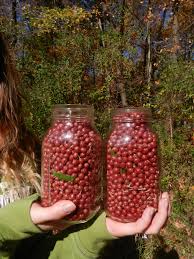
While considered an invasive species, their tart-sweet flavor and impressive nutritional profile make them a fantastic ingredient for homemade preserves like jelly. Packed with lycopene, vitamins A, C, and E, and antioxidants, autumn olive berries are a superfood hiding in plain sight.
Discover the vibrant, tangy world of autumn olive berries, and learn how to transform these invasive yet nutritious gems into a delicious, low-sugar jelly with this step-by-step guide. Perfect for foragers and food enthusiasts, this Autumn Olive Berries jelly recipe is simple, unique, and has a bundle of health benefits, so do not wait any longer, let’s make it:
Why Make Autumn Olive Jelly?
Suppose you want to match the taste of autumn olive berries with other fruits. In that case, it tastes like a tart pomegranate combined with sweet cherry and citrusy zing. Autumn olive berries’ unique taste descriptions shine in recipes like jams, jellies, fruit leather, and even mead.
Unlike traditional fruit preserves that rely on heaps of sugar, this recipe uses Pomona’s Universal Pectin to reduce sugar content while maintaining a perfect gel. Plus, foraging autumn olives helps control their spread, supporting native ecosystems by harvesting their seeds before birds can disperse them.
Autumn olive jelly is perfect for spreading on toast, pairing with cheese, or gifting to friends. Ready to get started? Let’s explore how to identify, harvest, and transform these berries into a vibrant, jewel-toned jelly.
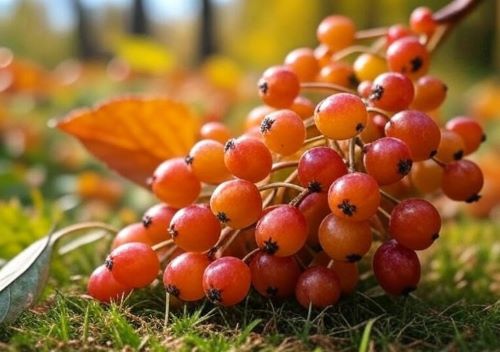
Identifying and Harvesting Autumn Olive Berries:
Before you begin, it’s crucial to correctly identify autumn olive berries to avoid confusion with look-alikes like toxic honeysuckle berries. Practically, it is how to spot them:
- Appearance: Autumn olive berries are small (about ¼ inch), red, and covered with silvery speckles. The berries grow in clusters on shrubs or small trees up to 16 feet tall.
- Leaves: The leaves are silver-green on the underside and darker green on top, with a slightly fuzzy texture.
- Season: Berries ripen from late August to early November, becoming sweeter after the first frost.
- Location: Look for them in disturbed areas like roadsides, old fields, or forest edges. The autumn olive berries thrive in poor soils due to their nitrogen-fixing properties.
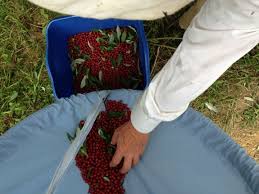
Autumn Olive berries Harvesting Tips:
- First of all, taste-test berries from different bushes, because berry flavors vary from tart to sweet. Pick only ripe, sweet berries for making the best jelly.
- Remember to bring a bucket or bag, as a single bush can yield gallons of berries in 30–60 minutes.
- Harvest after a light frost for sweeter berries, but avoid overripe ones that are mushy or bird-pecked.
Safety Note: Always consult a foraging guide or expert to confirm identification. Never consume wild plants unless you confirm that they are safe.
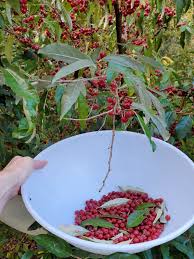
Autumn Olive Jelly Recipe:
Autumn olive berries recipe makes approximately 6 to 7 half-pint (8 oz) jars of jelly, perfect for canning or refrigerating. We use Pomona’s Universal Pectin to create a low-sugar jelly that highlights the berries’ natural flavor without overwhelming sweetness.
Ingredients:
- 3 lbs (10–11 cups) fresh autumn olive berries: Washed and sorted.
- 3 cups water: For cooking the berries.
- 2–3 cups sugar: Adjust based on taste (2 cups for tart, 3 for sweeter).
- 1 box (1.75 oz) Pomona’s Universal Pectin: Includes pectin and calcium powder.
- ¼ cup lemon juice: Ensures safe acidity for canning (pH below 4.6).
- 1 tsp ground cinnamon: For a warm, autumnal flavor.
- ½ tsp ground ginger: Adds a subtle spicy kick.
- ½ cup calcium water: Prepared per Pomona’s instructions (included with pectin).
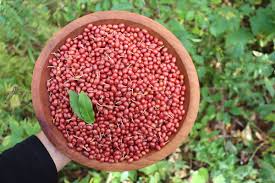

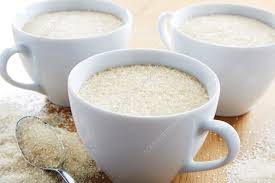

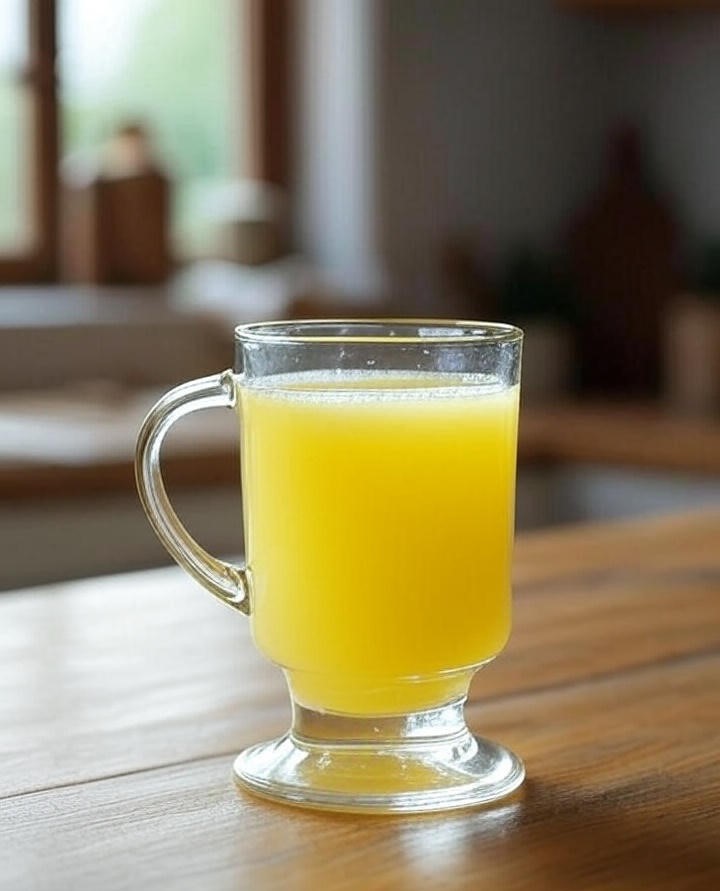
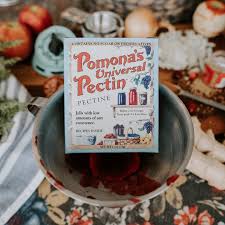
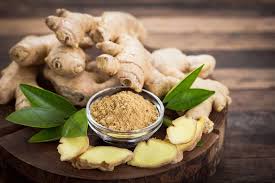
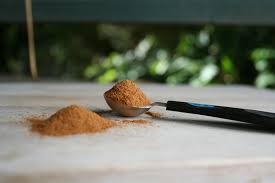
Equipment Required for jelly Making:
- Large pot.
- Food mill or fine-mesh strainer.
- Jelly bag (optional, for clearer jelly).
- Potato masher.
- Canning jars, lids, and bands (sterilized).
- Water bath canner.
- Ladle, funnel, and jar lifter.
- Large metal spoon (for gel test).

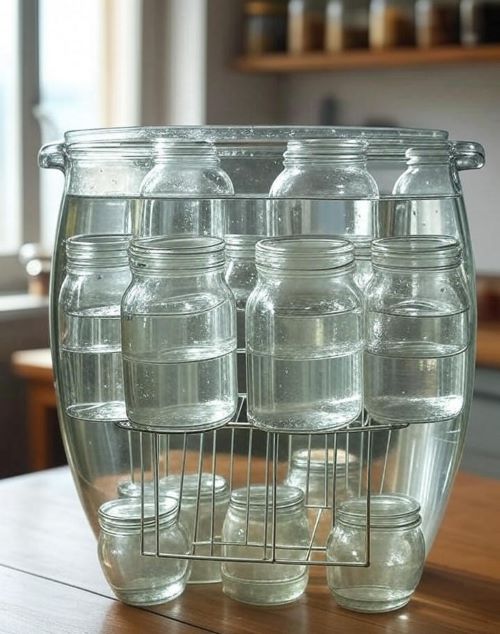
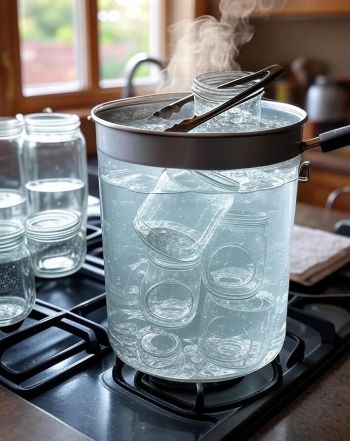



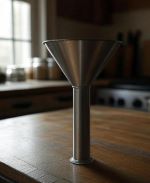
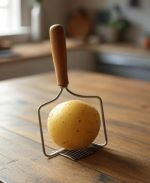
Step-by-Step Instructions for making autumn olive berry jelly:
1: Prepare the Berries
- Wash and Sort: Rinse the berries under cold water to remove dirt, leaves, or insects. Sort through to discard any unripe, damaged, or moldy berries. This process, known as “garbling,” ensures only high-quality fruit is used.
- Taste-Test: Sample a few berries to confirm they’re sweet and not overly astringent. If they puckered your mouth, wait a few days for them to ripen further.
2: Cook the Berries
- Combine with Water: Place 3 lbs of berries and three cups of water in a large pot. Use 1 cup of water per pound of fruit to help separate the pulp from the seeds.
- Boil and Mash: Bring the mixture to a boil over high-medium heat, then reduce to a simmer. Use a potato masher for crushing the berries as they are ready, stirring occasionally to prevent burning. Simmer for 7–10 minutes until the berries are soft and juicy.
3: Strain the Pulp
- Use a Food Mill: Pass the cooked berries through a food mill with a medium or fine disk to remove seeds and stems. This yields about 6 cups of thick, red pulp. If you don’t have a food mill, use a fine-mesh strainer and press with a spoon, though this takes longer.
- Optional Jelly Bag: For a clearer jelly, hang the pulp in a jelly bag for 1–2 hours to collect 4½–5 cups of clear juice. Discard the remaining pulp or use it for other ideas, such as sauces.
Note: Autumn olive juice often separates into a clear layer and red pulp. Cooking the berries before milling reduces separation in the final jelly.
4: Prepare Calcium Water
- Mix Calcium Water: Combine ½ tsp of calcium powder (from Pomona’s pectin box) with ½ cup water in a small jar. Shake well and set aside. Store extra in the fridge for future use.
5: Cook the Jelly
- Measure Pulp/Juice: Return 6 cups of pulp (or 4½ cups of juice for clearer jelly) to a clean pot.
- Add Calcium Water and Lemon Juice: Stir in ½ cup calcium water and ¼ cup lemon juice to ensure safe acidity for canning.
- Mix Pectin: In a small bowl, combine ¼ cup sugar with the pectin powder. Gradually whisk into the pulp/juice over medium heat until fully dissolved.
- Boil: Ready the mixture to a rolling boil, stirring constantly.
- Add Sugar and Spices: Add 2–3 cups of sugar (to taste), 1 tsp cinnamon, and ½ tsp ginger. Stir until fully dissolved, then boil for 1 minute.
- Test for Gel: Dip a metal spoon sideways into the jelly. If two drops merge into one, the gel point is reached. Alternatively, place a small plate in the freezer for 5 minutes, add a spoonful of jelly, and check if it wrinkles when pushed.
Step 6: Can the Jelly
- Sterilize Jars: Sterilize 6–7 half-pint jars, lids, and bands in boiling water.
- Fill Jars: Ladle hot jelly into jars, leaving ¼-inch headspace. Use a funnel to avoid spills.
- Seal and Process: Wipe rims, place lids, and screw on bands (fingertip-tight). Process in a water bath canner for 10 minutes (adjust for altitude if above 1,000 feet).
- Cool and Store: Remove jars and let cool for 24 hours. Check seals (lids should not pop when pressed). Store in a cool, dark place for up to 1 year or refrigerate for 2–3 weeks.
Freezer Option: If not canning, store jelly in the fridge for 2–3 weeks or freeze for up to 6 months.
Serving Suggestions:
- Spread on sourdough toast for a tart-sweet breakfast.
- Pair with soft cheeses like brie or goat cheese for a charcuterie board.
- Use as a glaze for roasted pork or duck.
- Gift in decorative jars for a unique, foraged holiday present.
Tips for Success:
- Prevent Separation: Cooking berries before milling reduces the chance of jelly separating into layers.
- Adjust Sweetness: Taste your pulp before adding sugar. Some berries are sweeter than others, so adjust between 2 and 3 cups as needed.
- Acidity Safety: The lemon juice ensures a pH below 4.6, making the jelly safe for water bath canning.
- Foraging Ethics: Harvest only what you need and avoid spreading seeds to help control this invasive species.
Health Benefits of Autumn Olive Berries:
Autumn olive berries are a nutritional powerhouse:
- Lycopene: Up to 17 times more than tomatoes, supporting heart health and cancer prevention.
- Vitamins A, C, and E: Boost immunity and skin health.
- Antioxidants: Combat oxidative stress and inflammation.
By foraging and using these berries, you’re not only enjoying a delicious treat but also contributing to ecological management by reducing their spread.
conclusion:
Autumn olive jelly is a delightful way to embrace wild food and turn an invasive plant into a culinary treasure. With its vibrant color, sweet-sharp flavor, and cozy spices, this jelly is a must-try for foragers and food lovers alike. Whether you’re spreading it on toast or gifting it to friends, this recipe captures the essence of autumn in every jar.
Happy foraging and jelly-making! Share your creations in the comments or tag us on Instagram with your autumn olive jelly photos!

